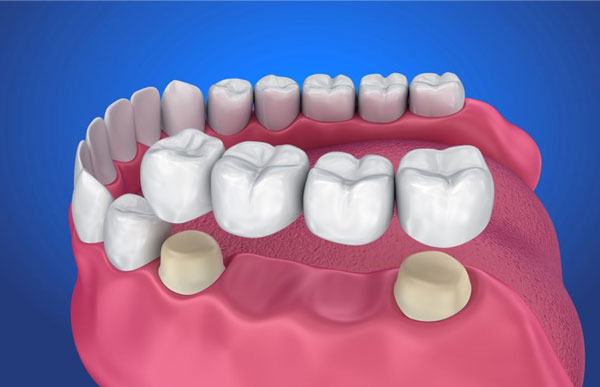The field of prosthodontics is an innovative approach to oral health. This dental group works with patients who suffer from damaged or lost teeth as well as tissues. They employ biocompatible substitutes to restore function and appearance.
The function of your teeth could be restored using crowns, fixed bridges, or complete dentures. Prosthodontic treatment improves the appearance and health of not just you but as well those around them, by improving their speech abilities and preventing damage to tissues caused by trauma that can result in sagging facial skin.

Everyone knows how important it is to take care to brush our teeth however did you know that by maintaining an excellent oral hygiene, we could prevent a lot of problems? Regularly flossing can aid in preventing the development of periodontal disease and also the drifting of teeth into spaces that aren’t there.
Dental Substitutes
Dentures and crowns are among the most common types of replacements in Prosthodontic dentistry. Denture replacement is the procedure of restoring the tooth tissue around a part that has been lost, while complete substitutes are made to replace everything from root to tip with dental material , such as plastic or metal. This allows you to eat any food you like without worrying about getting anything stuck between your teeth.
Denture patients are able to choose between resin, metal, or composite frameworks. Once healing is complete then your denture will be adjusted to fit the contours of your mouth, as well as the surrounding tissues. With the assistance of dentists and dental technicians, the characteristics of each material can be altered to provide optimal comfort during eating and other everyday activities, such as making calls. The patient sits at their desk to wait for words to appear even when they’re wearing their all-white suits.
A partial denture is a kind of dental prosthesis that replaces missing teeth. It is usually composed of a tooth substitute that is attached to the base with precision attachments or clasps, and kept in place so that it can be always on hand when eating comfortably, without worrying about spilling anything on yourself! This is the most well-known, called “precision”. These integrate seamlessly with your gums and look more attractive than other styles that are too obvious for some people. But, they accomplish their job effectively in preventing food particles from getting between your MLA.
Crowns and Veneers
Crowns are a great option to repair dental decay or to repair other damage you’ve sustained through your life. Crowns can be placed on either the top or entire teeth if fillings have compromised the strength, appearance or integrity of the tooth. The crown is one of the most well-known. It is placed on the sides of your teeth and helps keep them in place and prevents further harm to your dental health.
Crowns are just as strong, durable and long-lasting as veneers. The difference is that crowns encompass the entire tooth unlike a veneer that covers the top. Both offer the same protection against decay in the teeth. However, your individual preferences will determine which is the most effective.
For more information, click oral implantology